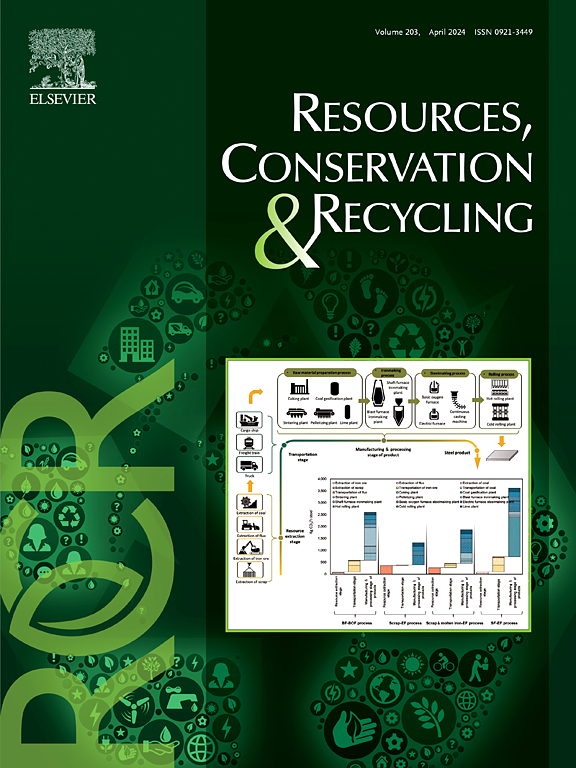Automated recognition of contaminated construction and demolition wood waste using deep learning
IF 11.2
1区 环境科学与生态学
Q1 ENGINEERING, ENVIRONMENTAL
引用次数: 0
Abstract
Wood waste is a significant component of construction and demolition waste; however, contamination often limits its recovery. Efficient sorting of contaminated wood remains underexplored, with current methods relying heavily on manual separation. This study proposes a deep learning-based approach to classify wood waste by contamination type using RGB images, addressing a critical gap in the resource recovery context. A custom dataset of six common contaminated wood waste types was curated, and four selective advanced deep learning models, including convolutional neural networks (RegNet, ConvNeXt) and Transformers (Vision Transformer, Swin Transformer), were evaluated using transfer learning. Remarkably, ConvNeXt outperformed all models with 91.67 % validation accuracy and balanced performance, with precision, recall, and F1 score around 0.8667. The results highlight deep learning's potential to enhance construction and demolition wood waste management, enabling automated sorting and supporting reusing, recycling, and reclaiming efforts, thereby reducing landfill dependency and promoting sustainable practices.

求助全文
约1分钟内获得全文
求助全文
来源期刊

Resources Conservation and Recycling
环境科学-工程:环境
CiteScore
22.90
自引率
6.10%
发文量
625
审稿时长
23 days
期刊介绍:
The journal Resources, Conservation & Recycling welcomes contributions from research, which consider sustainable management and conservation of resources. The journal prioritizes understanding the transformation processes crucial for transitioning toward more sustainable production and consumption systems. It highlights technological, economic, institutional, and policy aspects related to specific resource management practices such as conservation, recycling, and resource substitution, as well as broader strategies like improving resource productivity and restructuring production and consumption patterns.
Contributions may address regional, national, or international scales and can range from individual resources or technologies to entire sectors or systems. Authors are encouraged to explore scientific and methodological issues alongside practical, environmental, and economic implications. However, manuscripts focusing solely on laboratory experiments without discussing their broader implications will not be considered for publication in the journal.
 求助内容:
求助内容: 应助结果提醒方式:
应助结果提醒方式:


